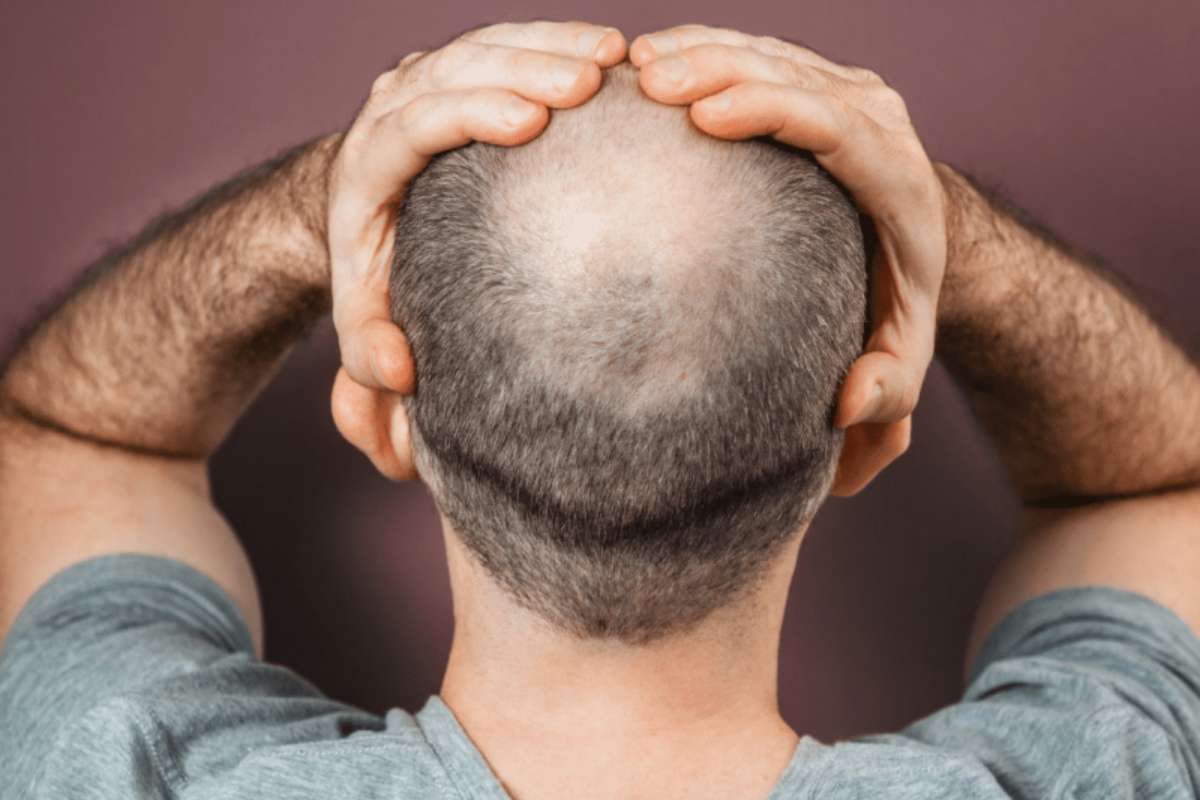When a crime occurs, it’s up to investigators to determine who may have committed it. If there are no witnesses or video evidence, it can be very challenging to find the culprit.
For hundreds of years, many crimes went unsolved because if there were no witnesses or compelling evidence, there wasn’t much else to go off of. As modern science improved, new crime-fighting techniques such as DNA and hair analysis are being used to determine if someone had been involved in the committing of a crime.
Crime Scene
When a crime occurs, police usually cordon off a wide area as part of the crime scene. This is to prevent any suspects that might still be in the area from escaping, as well as for investigators to search the immediate area for evidence.
Investigators are specially trained to look for clues as to who may have committed the crime. Such pieces of evidence as blood, hair, and even bodily fluids will be collected and sent to a lab for analysis. It’s important that the evidence is collected within a short period of time. Cross-contamination or degradation of DNA can happen very quickly.
If evidence is contaminated it poses two challenges: The first being that the crime lab might not be able to analyze it properly due to it being damaged and second, if the evidence is corrupted, it may not stand up to cross-examination in a court of law. Therefore, investigators pay special attention to any bodily fluids or hair fibers found at the scene of the crime.
DNA – Not Always Reliable
While DNA is an accurate way of determining if someone was involved in the commission of a crime, it is not always reliable. A crime scene is the opposite of a laboratory. It’s dirty, can be exposed to the elements if outside, and the possibility for cross-contamination is very high. Mistakes can and have been made over the years and many people have been wrongfully convicted due to poor DNA evidence.
Scientists are currently looking into hair analysis as a means of complimenting DNA analysis. Unlike fluid DNA samples, hair fibers are hard to corrupt and cross-contaminate. Human hair contains over 300 different proteins and the amount of each protein varies widely from human to human. Another advantage is that hair strands are more stable than DNA and can last for a much longer period of time.
Why Hair?
Hair analysis has become more popular with investigators as technology has improved over the years. Almost every single limb and body part contains hair and the chances of hair falling off during the commission of a crime are very high.
Human hair has a life cycle in which it grows then falls out. During the anagen phase, hair is actively growing, and materials are deposited into the hair shaft. The growing phase happens for around 1,000 days. After that period of time, the hair stops growing and enters the telogen phase. It is as this phase that hairs routinely fall off the body at random times of the day.
It’s been estimated that around 10% of the hair on the body is in the telogen phase.
This leads to a greater chance that person who committed the crime will unwittingly leave a few hairs behind at the scene of the crime.
Animals hairs can be considered evidence as well. If you ever lived under the same roof as a cat or dog, you are well aware that they shed constantly. There is a high probability that people will pick up the hairs of cats or dogs by just walking into a room where the animals have been.
Hair Analysis
Hair Analysis is the process by which hairs found at the scene of a crime, or on the body of a suspect or victim are analyzed. While one or two hairs could potentially work – it’s been said that more accurate results can be obtained from at least 50 strands of hair. While this may sound like a lot, the average person has almost 100,000 strands of hair on the head alone!
Hairs can be analyzed in one of several ways. DNA analysis can be performed by putting the hairs in a special laboratory machine which will determine the chemical makeup from analyzing the hair follicle. This can help investigators determine if it’s a human or animal hair as well as who the hair belongs to.
The laboratory will often use the same kind of powerful microscopes found in hair transplant centers in order to compare two hairs against each other. If someone was poisoned, the laboratory can determine what kind and the amount of poison that was used. Hairs can also be tested for the presence of drugs. After a person has taken drugs, they only stay in the body/fatty tissues for a relatively short period of time. The can stay in human hair for months and months after they’re taken.
Hair and DNA Analysis
When evidence collected at a scene of the crime is presented in a court of law, it’s usually best that it contains both hair and DNA samples. DNA can be corrupted and if only 1 or two hair fibers were found, it doesn’t exactly add up to a preponderance of evidence.
This is why investigators can spend several days meticulously combing through the scene of a crime in order to locate and preserve as much DNA and hair evidence as possible. A good hair sample can mean the difference between the suspect walking free or a conviction in a court of law.







